
Panorama Student Survey
Download the Panorama Student Survey User Guide and view the full survey for use with students in your classroom, school, and district.

AI Perceptions and Readiness Survey
Understand stakeholder priorities, familiarity, and readiness to use AI in schools.

Panoramic 2026 Virtual Summit
Discover how educators and leaders are putting purpose behind AI to drive real improvements in attendance, literacy, and student supports.
The leading K–12 survey platform for all of your district's needs, from benchmark surveys to pulse checks.
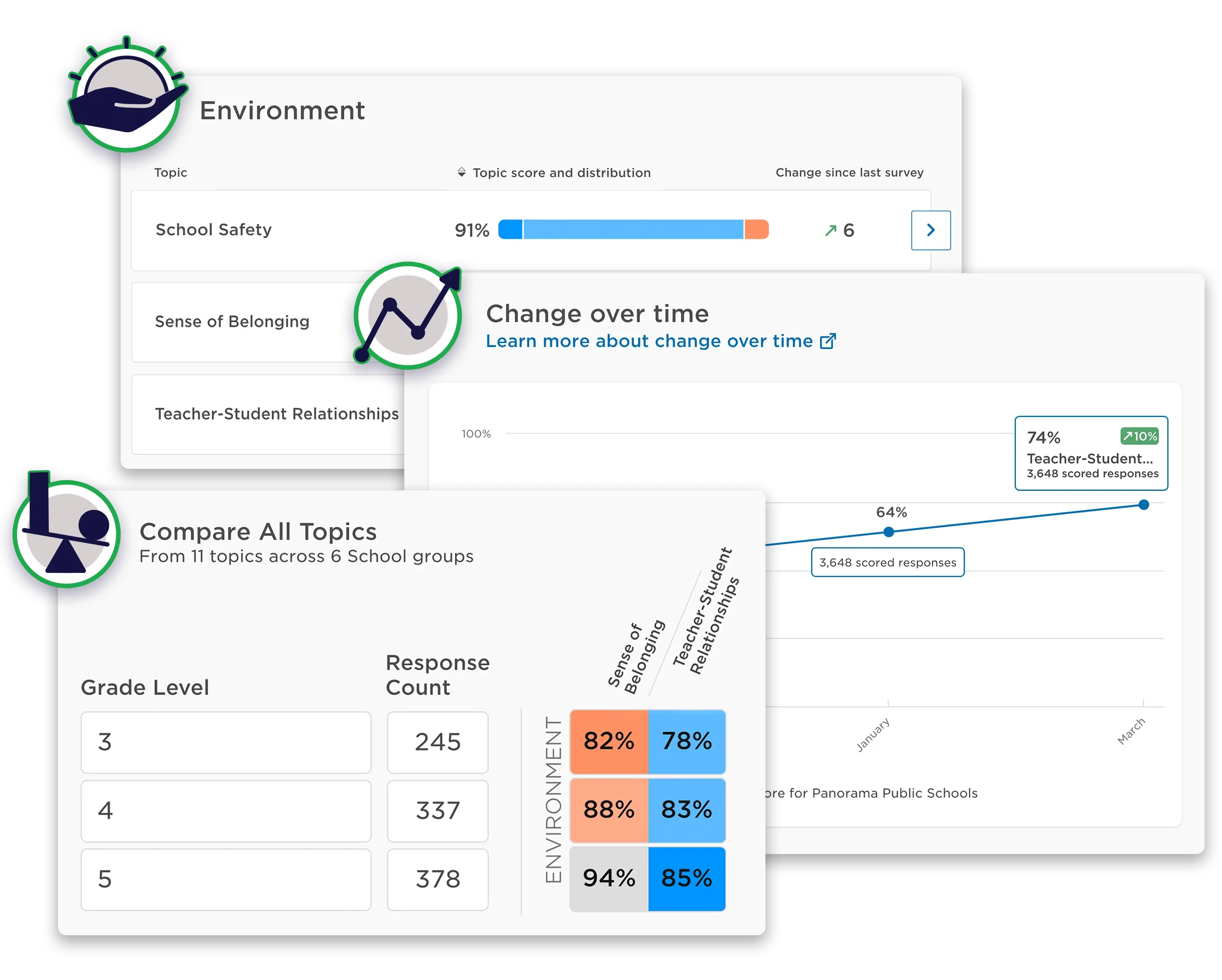



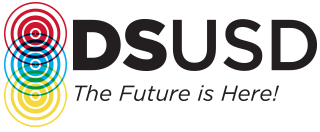


Learn how to run valid, reliable school surveys with Panorama—the central place to collect and analyze feedback on the factors that are critical to student achievement.
Address key issues like school climate and safety, absenteeism, mental health, and teacher retention with actionable feedback data.
Run district-wide online and paper surveys with Panorama’s research-backed, customizable content. Accessible surveys in over 30 languages make it possible to hear from a wide range of students, families, and educators. Plus, get direct support with setting up surveys and boosting response rates.
"Panorama is a valuable tool for us as a district. This survey instrument allows us to elevate student, staff, parent, and community voice on school climate, teaching, learning, relationships, and belonging. The survey information allows us to look at the data as an entire district so that we can provide supports district-wide."
Marcus Wood
Senior Director for Secondary Curriculum, Instruction, and Assessment
Desert Sands Unified School District (CA)
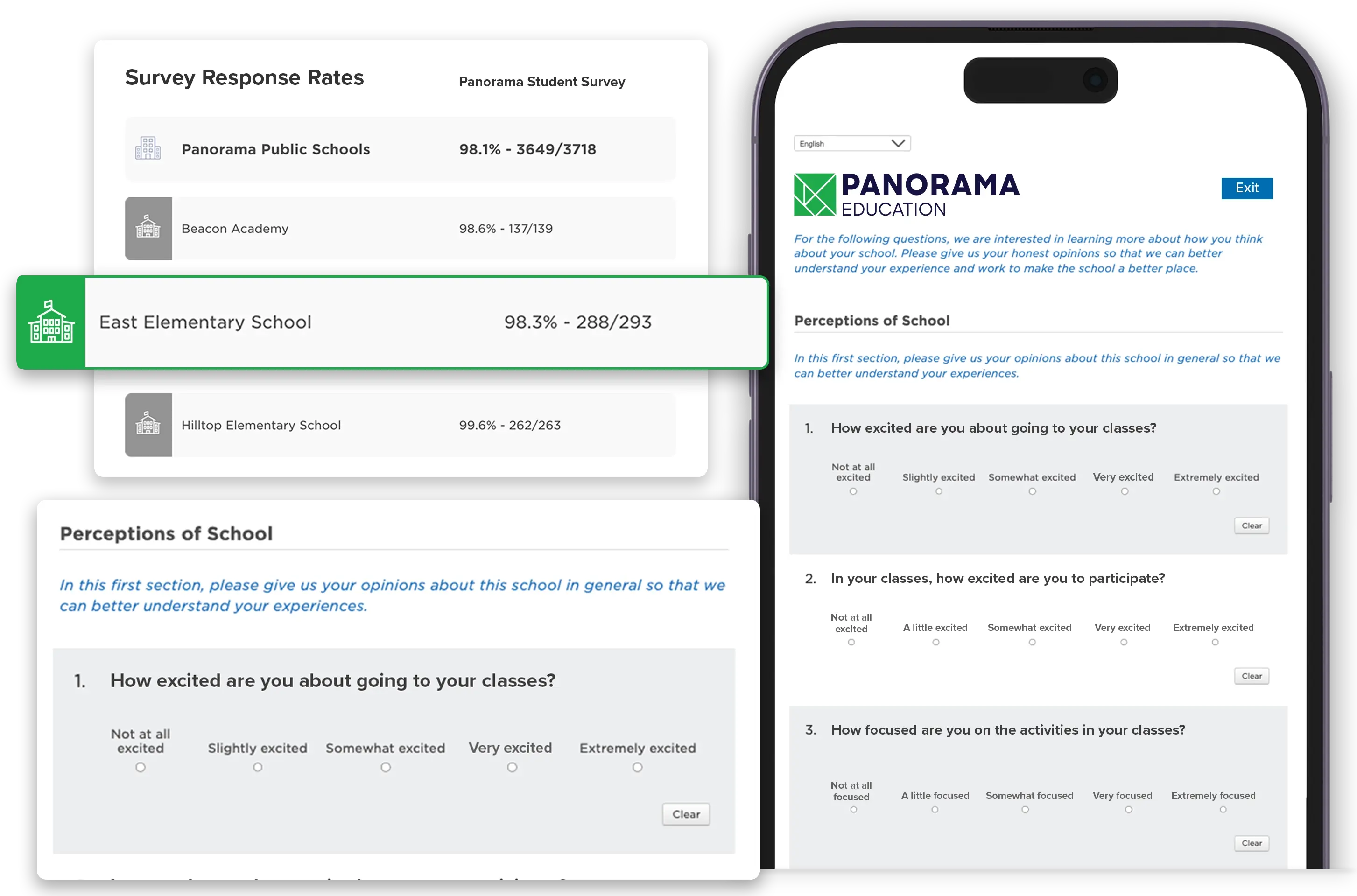
Experience a best-in-class survey reporting experience that gives clear insight into student and system-wide needs. Easily explore survey results and pinpoint strengths and areas for growth using peer benchmarks, and extensive demographic filters. Save time with AI-powered features that help you quickly identify survey-wide sentiment and concerning free responses.
Our national database draws from 1.5 billion responses to Panorama surveys to derive the scoring system and peer benchmarks.
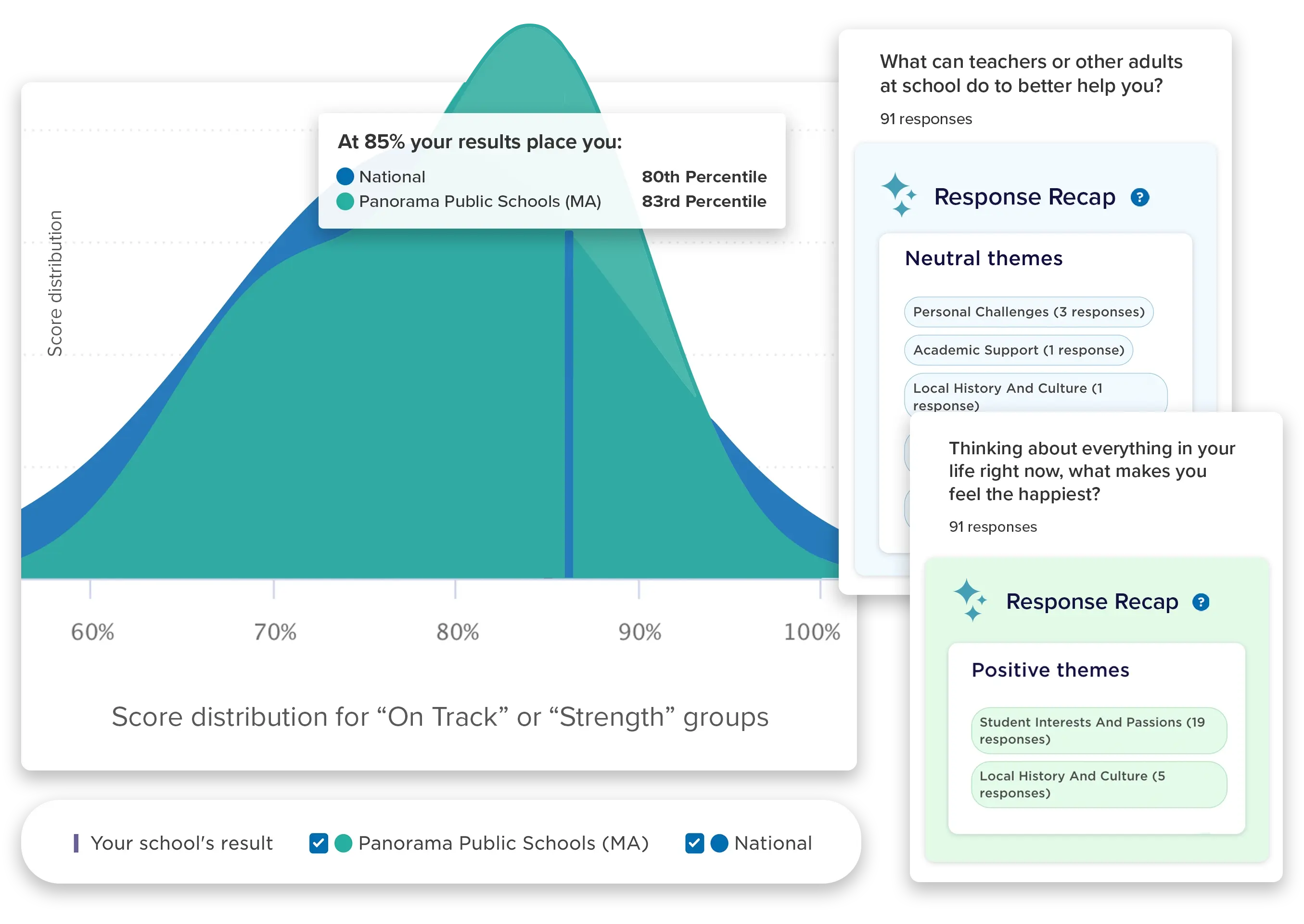
Seamlessly transition from understanding your survey data to taking action with Strategic Priorities Advisor, an AI-powered experience that analyzes your data through the lens of your district and school priorities, surfacing clear trends, root causes, and recommended actions. Export and print results to build targeted improvement plans around student, family, and staff survey results. Leverage 1,000+ research- and evidence-based strategies right in the Panorama survey platform to improve school climate, build students' skills, and engage families.
"With Panorama, we can now measure how students are progressing towards our district's definition of college, career, and/or military readiness, and then collaborate and act on that information to deliver targeted supports and keep every student on the path to developing the skills they need for life success."
Cassandra Gracia
Director of Counseling and College, Career, and Military Services
Schertz-Cibolo-Universal City ISD (TX)
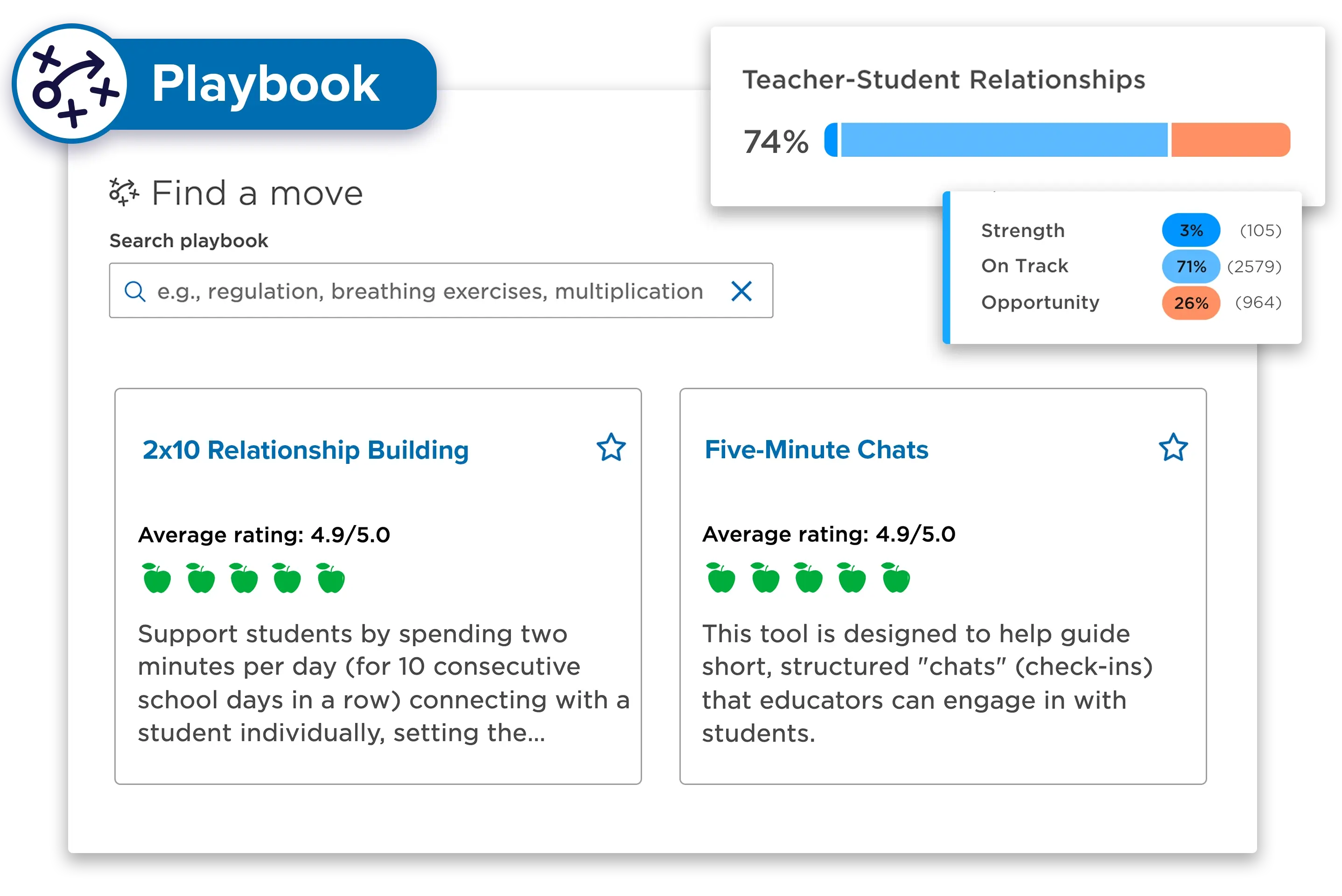
Ensure valid, reliable results with research-backed surveys. Choose from 800+ questions across 90 topics, or use your own content.
Quickly identify free response trends and sensitive content, such as mentions of abuse, bullying, or violence.
Check on students between survey windows, follow up on survey questions, and provide targeted, timely supports.
Ensure inclusivity with online or paper options, a mobile-friendly platform, support for 30+ languages, a read-aloud option, and more.
Act on survey results with a bank of 1,000+ research-backed and evidence-based strategies across academics, school climate, and behavior.
Make confident decisions by comparing results to national benchmarks and disaggregating data to identify strengths and gaps. Learn more about Survey Reporting.
"Panorama has helped us tremendously in analyzing and reporting our climate and culture data. The data that we gather—which we always disaggregate to compare results for different groups of students, staff, and families—is primarily for the purpose of continuous improvement. The data is always meant to be a flashlight, never a hammer."
Dr. Ritu Khanna
Chief of Research, Planning, and Assessment, San Francisco Unified School District (CA)

"Since partnering with Panorama, the data we have collected has shed new light on both the state of our district's climate as well as the social development of our students."
Dr. Byron Hurst, Ed.D.
Assistant Superintendent, Tangipahoa Parish School System (LA)

“We might look at the survey data and then do a focus group to ask students, ‘What would it take for you to choose that all of your teachers are respectful?’ or ‘What actions can we take as adults for you to feel respected?’ and that leads to a whole other level of action. We would never get there without data from Panorama surveys.”
Christopher Hand
Director of Assessment, Evaluation and Testing, Liberty Public Schools (MO)

"Our partnership with Panorama has been great and always well-supported. Our questions and our next steps have always been very collaboratively done."
Jim Feffer
Director of State and Federal Programs, Palm Springs Unified School District (CA)

Panorama Education complies with FERPA, PPRA, COPPA, is a member of the Student Data Privacy Consortium, and is a proud signatory of the Student Privacy Pledge, ensuring robust data security and privacy. In addition, Panorama is SOC 2 compliant, underscoring our commitment to upholding stringent levels of data security and integrity when it comes to student data.
Local school districts decide what works best for their students, including when and how they administer surveys, and which questions they ultimately include on their surveys.
Panorama Education’s survey technology and research-backed survey templates are designed to help students succeed. We worked with researchers at the Harvard Graduate School of Education to develop best-in-class, research-backed surveys for students, teachers, staff, and families on topics like school climate and school safety.
Our recommended survey questions do not ask about students’—or their families’—personal and private attitudes, values, beliefs, or practices.
We developed our surveys using a rigorous six-step design process that ensures reliability and validity from the beginning. And we analyzed data from millions of students in thousands of K–12 schools across the U.S. to demonstrate the psychometric strength of our surveys. Read our Validity and Reliability Report for Panorama Student Surveys.
Yes! Whether it’s survey design, taking action based on feedback, monitoring strategies, or working on next year’s survey, our experts are here with hands-on professional development and personalized supports. You can also access Playbook, a library of 1,000+ research-backed and evidence-based strategies across academics, school climate, and behavior.
Panorama survey results feed into Student Success alongside students’ attendance, assessments, grades, and behavior data to give you a whole-child view of students. Panorama also offers an MTSS Implementation Survey that you can use to evaluate your district’s MTSS program.
Absolutely! Panorama offers customizability and flexibility, allowing you to modify surveys to align with the specific requirements of your school or district. You can select topics and scales from our bank of research-backed questions. You also have the option to run district-developed survey content.
School surveys drive school improvement by helping you gather valid and reliable feedback from your community, including students, families, teachers, and staff. School surveys can give you insight into belonging, teacher-student relationships, school climate and safety, family engagement, teacher perceptions, and more. By collecting this feedback, schools and districts can take informed action to enhance educational experiences and create positive learning environments.
